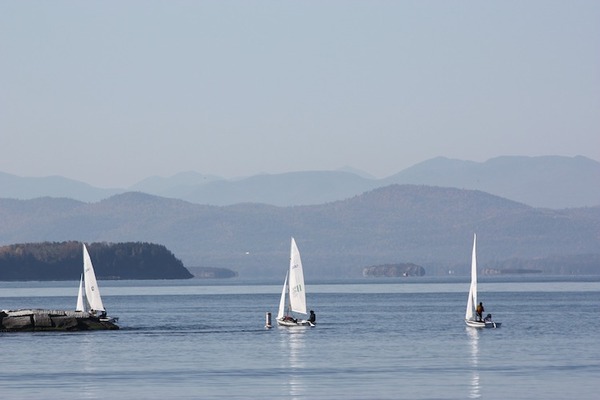Characterization and Phylogenetic Analysis of the Cytochrome B Gene (cytb) in Salvelinus fontinalis, Salmo trutta and Salvelinus fontinalis X Salmo trutta Within the Lake Champlain Basin
(1) Essex High School, Essex Junction, Vermont, (2) Department of Biological Sciences, State University of New York at Plattsburgh, Plattsburgh, New York
https://doi.org/10.59720/13-027
In 2011, record snowfall and rainfall along with tropical storm Irene damaged trout habitat within the tributaries of the Lake Champlain Basin, causing the Salvelinus fontinalis (brook trout) population to decline. In response, the New York State Department of Environmental Conservation (NYDEC) placed the genetic monitoring of S. fontinalis as a priority. Mitochondrial cytochrome b (cytb) is one of the most studied genes to date across vertebrates. The cytb gene has been commonly used to study genetic variation and suggest phylogenetic relationships. To date, no cytochrome b genes have been sequenced from S. fontinalis, Salmo trutta (brown trout), and Salvelinus fontinalis X Salmo trutta (tiger trout) found within the Lake Champlain Basin. In this study, twenty-one trout DNA samples were sequenced and analyzed for sequence alignment, codon usage, and phylogenetic relationships. The sample size was limited due to the reduced number of trout within these tributaries. The results of the bioinformatics analysis supported a high DNA sequence identity for the non-native, stocked S. trutta samples, but not for the S. fontinalis. However, all fish samples demonstrated a highly identical amino acid sequence. Finally, the data did not support the proposed hypothesis that there would be greater differences in the DNA sequences the farther apart the collection sites were located. The data gathered in this study was part of the initial genetic screening of the trout populations and was shared with the NYDEC, the U.S. Department of Interior-Fish and Wildlife Vermont Division and the Lake Champlain Research Institute. These data may play a role in their decision making with regard to trout habitat and the stocking of the tributaries with S. trutta.
This article has been tagged with: